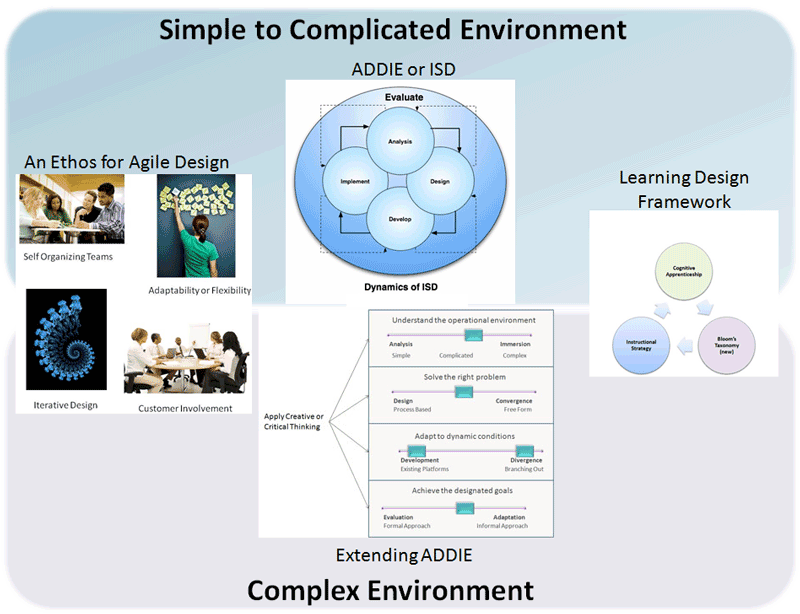Constructivism
During the 1930s and 1940s, constructivism was the leading perspective among public school educators in the United States. In this theory, the emphasis is placed on the student rather than the teacher. Teachers are seen as facilitators or coaches who assist students construct their own conceptualizations and solutions to problems.
The main ideas underpinning constructivism learning theories are not new. They began with the insights of Socrates who claimed that there are basic conditions for learning that are in the cognition of the individual (Kanuka & Anderson, 1998). But it was Piaget's theory of intellectual growth that had the primary influence on the development of current positions. Specifically, Piaget first emphasized the processes of conceptual change as interactions between existing cognitive structures and new experience
Within this theory falls two schools of thought, social constructivism and cognitive constructivism:
1. Lev Vygotsky, a Russian psychologist and philosopher in the 1930's, is most often associated with the social constructivist theory. He emphasizes the influences of cultural and social contexts in learning and supports a discovery model of learning. This type of model places the teacher in an active role while the students' mental abilities develop naturally through various paths of discovery.
2. Cognitive constructivism is based on the work of Jean Piaget. His theory has two major parts: an ages and stages component that predicts what children can and cannot understand at different ages, and a theory of development that describes how learners develop cognitive abilities. Piaget's theory of cognitive development proposes that humans cannot be given information, in which they immediately understand and use. Instead, learners must construct their own knowledge. They build their knowledge through experience. Experiences enable them to create schemas — mental models of the world. These schemas are changed, enlarged, and made more sophisticated through two complimentary processes: assimilation and accommodation.
Cognitive constructivism is based on two different senses of construction. First, on the idea that people learn by actively constructing new knowledge, not by having information poured into their heads. Moreover, constructivism asserts that people learn with particular effectiveness when they are engaged in constructing personally meaningful artifacts (e.g. computer programs, animations).




